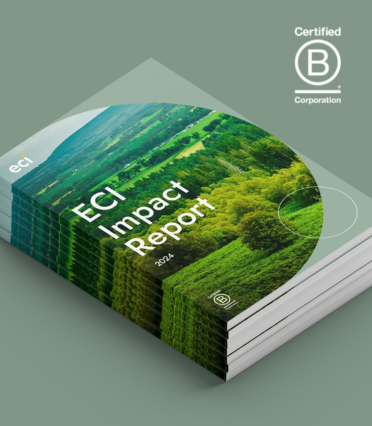The road ahead for businesses
Despite some challenges, nearly three-quarters of the CEOs surveyed (72%), said that they felt more positive about the future of their business than at the same time last year, with nearly a third (30%) feeling significantly more optimistic about their business’ future prospects.
As a result, nearly half (46%) of fast-growth CEOs are content in their current roles and plan to stay for at least the next five years, with the average planned tenure currently sitting at 5.7 years.
When it comes to exiting the business, nearly a quarter of leaders (23%) want to sell a stake in their business to an investor such as private equity. One in five (20%) want to run their business indefinitely, and a similar number are planning a public listing via an IPO (19%).
David Ewing, Managing Partner, shares his top tips for business owners looking to exit in 2022:
“When it comes to exiting a business, there are a number of things that CEOs should consider:
- Plan well in advance – a successful exit strategy, no matter the end goal, takes time to implement, so it’s essential for leaders to get the strategy in place well ahead of their planned exit date.
- Understand what matters to you – when seeking external investment, leaders must take time to truly understand what matters to them – is it internationalisation and M&A capabilities, deep subsector expertise and networks, or is it all about the right relationship? Once this is understood, going into investor meetings will be more valuable as leaders will have a guide in mind as to whether the investor is the right partner for them.
- Continuity of culture – culture is often set from the top down, so it’s the role of the CEO to cultivate and preserve the company culture as the business grows and throughout any exit process, whether they are looking for a new partner, considering an IPO, or looking at a succession plan.
- Being flexible on timing – when implementing plans, it’s not just about your own personal preference, leaders should also consider wider market conditions and any upcoming business milestones, such as key acquisitions or expansion into a new market. As such, leaders need to be flexible about timing. For example, if the economic climate looks favourable towards an IPO, then business leaders should consider bringing forward plans or vice versa. If plans are in place well in advance, then a six month change to timelines should be manageable.”

